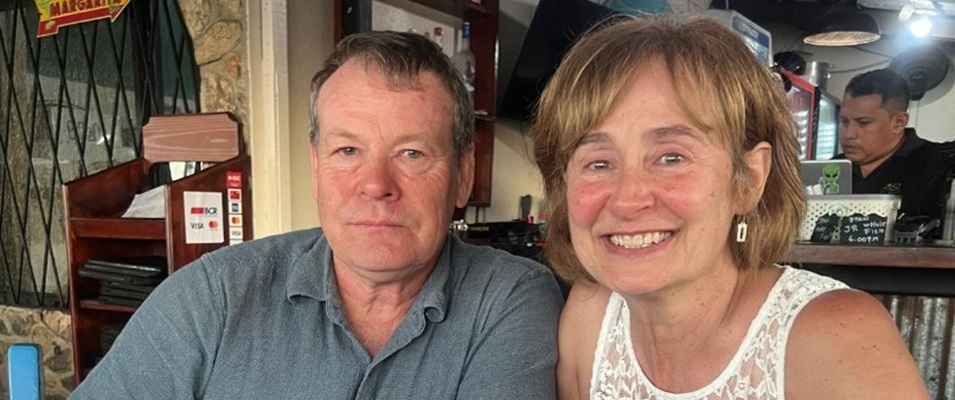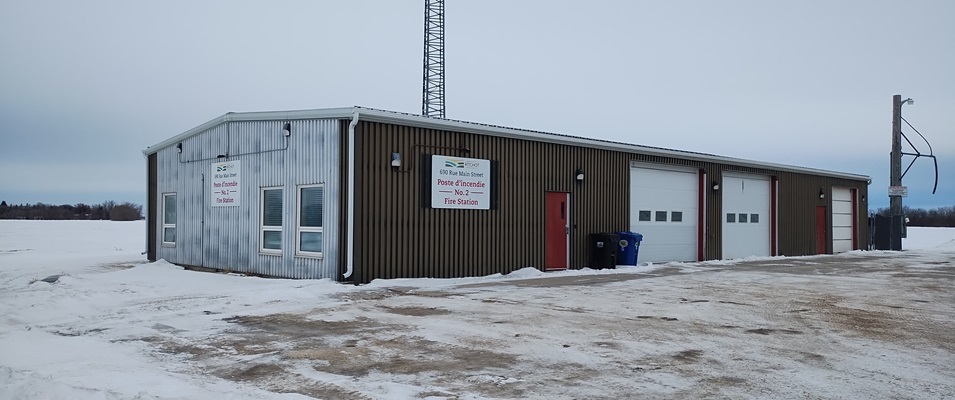Construction on PR 200 (St. Mary’s Road) just south of St. Adolphe was a sore spot for many commuters this past summer. From reduced speed limits to dreadful road conditions to resurfacing that seemed to go on without end, many Nivervillers chose alternate routes to avoid the ongoing frustration. When the road work appeared complete, many wondered if there had been any improvement at all.
Brett Wareham of Manitoba Infrastructure and Transportation (MIT) admits that, though it’s better than before, the finished product isn’t what they were hoping for.
They explored a somewhat experimental model for the new top coat which involved recycling the asphalt that had been removed from the construction project on Highway 75. The process involved incorporating the milled asphalt from Highway 75 into the existing layers of gravel on PR 200 along with an asphalt rejuvenator. The intent was to add strength to the road subgrade and help stabilize it. This involved the use of graders and was treated the same as a conventional base-laying operation.
However, the expected smoothness was not achieved.
“It’s disappointing,” Wareham says. “The process for PR 200 was new and will need to be modified in the future so this doesn’t happen again.”
According to the International Roughness Index, the standard measurement for ascertaining road conditions, the current surface roughness measures 2.8, whereas it was 3.0 before. The goal is to achieve a 2.2 or lower.
Wareham adds that a process called microsurfacing was used on Highways 59 and 52 with much better results. This process involves the use of a slurry mixture of asphalt cement, water, aggregate and concrete cement laid down in a liquid form so it can spread out and fill the ruts and minor deviations. It sets very hard and creates a road more resistant to ruts.
“We’re going to leave it for now,” Wareham concludes, indicating that there are no further plans to improve on the highway at this point.




















